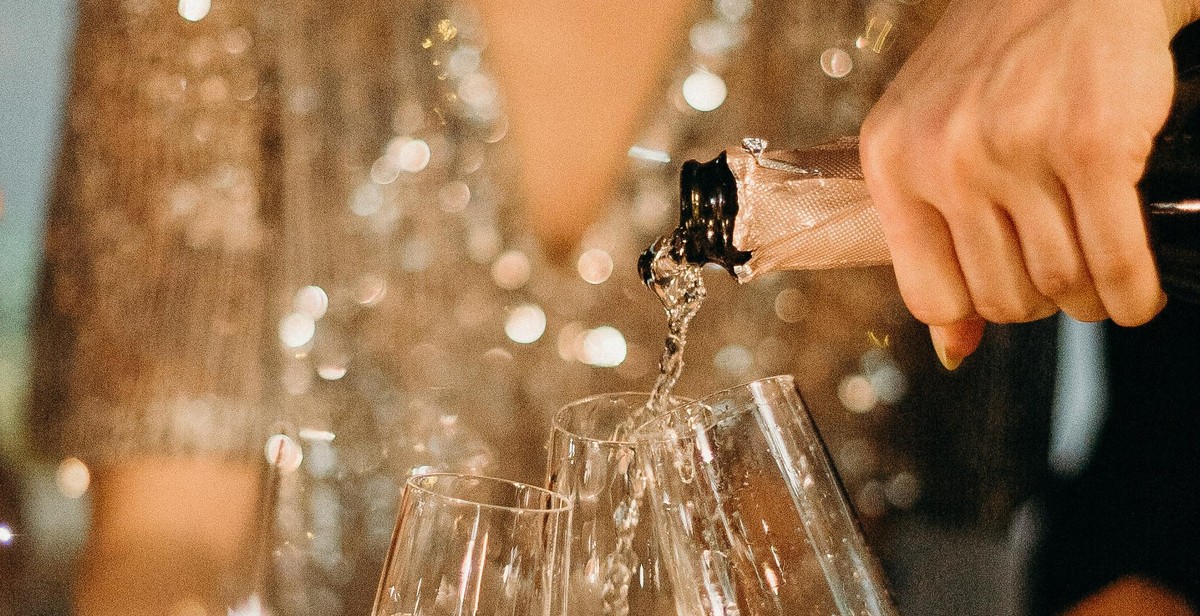How to Appreciate and Identify Different Types of Wine
If you’re a wine enthusiast, you probably already know that there are a wide range of wine varieties available, each with its own unique flavor, aroma, and color. However, if you’re new to the world of wine, it can be overwhelming to try and navigate the different types and understand how to appreciate them.
In this article, we’ll explore the basics of wine appreciation and help you identify the different types of wine. We’ll cover the most common types of wine, including red, white, rosé, and sparkling, and provide tips on how to taste and evaluate each one.
Understanding the Basics of Wine Appreciation
Before we dive into the different types of wine, it’s important to understand the basics of wine appreciation. This includes understanding the different elements that make up a wine’s flavor, aroma, and appearance, as well as the proper way to taste and evaluate a wine.
Some of the key elements of wine appreciation include:
- The color and clarity of the wine
- The aroma and bouquet of the wine
- The body and texture of the wine
- The flavor profile of the wine, including the different notes and characteristics
- The finish of the wine, or how it lingers on the palate after drinking
By understanding these elements, you’ll be better equipped to appreciate and identify the different types of wine.

The Basics of Wine Tasting
Wine tasting is the process of examining and evaluating wine using your senses of sight, smell, and taste. There are three primary factors to consider when tasting wine: Appearance and Color, Aroma and Bouquet, and Taste and Finish.
Appearance and Color
The appearance and color of wine can tell you a lot about its age, grape variety, and winemaking process. To evaluate a wine’s appearance and color, pour it into a clear glass and hold it up to the light. Look for clarity, brightness, and intensity of color.
- Clarity: A clear wine is free of sediment or cloudiness.
- Brightness: A bright wine has a vibrant, lively color.
- Intensity: The intensity of the color can indicate the wine’s age and grape variety. Younger wines tend to be more vibrant, while older wines may have a more muted color.
Red wines can range from light pink to deep purple or nearly black. White wines can range from pale yellow to deep gold. Rosé wines are typically pink or light orange. The color of the wine can give you clues about the grape variety and winemaking process.
Aroma and Bouquet
The aroma and bouquet of a wine refer to the way it smells. To evaluate a wine’s aroma and bouquet, swirl the wine in your glass to release its aromas, then take a sniff. Look for intensity, complexity, and balance of aromas.
- Intensity: A wine with a strong aroma is said to have high intensity.
- Complexity: A wine with multiple aromas or layers of aromas is said to have complexity.
- Balance: A wine with a harmonious blend of aromas is said to be balanced.
The aroma and bouquet of a wine can give you clues about the grape variety, winemaking process, and age of the wine. For example, a wine with a strong aroma of oak may have been aged in oak barrels.
Taste and Finish
The taste and finish of a wine refer to the way it tastes in your mouth and the aftertaste it leaves. To evaluate a wine’s taste and finish, take a sip and hold it in your mouth for a few seconds, then swallow or spit it out. Look for balance, complexity, and length of flavor.
- Balance: A wine with a harmonious balance of sweetness, acidity, tannins, and alcohol is said to be balanced.
- Complexity: A wine with multiple layers of flavor is said to have complexity.
- Length: The length of flavor refers to how long the taste lingers in your mouth after swallowing.
The taste and finish of a wine can give you clues about the grape variety, winemaking process, and age of the wine. For example, a wine with high tannins may be from a grape variety such as Cabernet Sauvignon, while a wine with high acidity may be from a grape variety such as Riesling.
| Factor | What to Look For |
|---|---|
| Appearance and Color | Clarity, brightness, and intensity of color |
| Aroma and Bouquet | Intensity, complexity, and balance of aromas |
| Taste and Finish | Balance, complexity, and length of flavor |
Understanding the basics of wine tasting can help you appreciate and identify different types of wine. By using your senses of sight, smell, and taste, you can gain a deeper understanding of the wine in your glass.

Identifying Different Types of Wine
Wine is a beverage that has been enjoyed for centuries. It is made from fermented grapes and comes in many different varieties. Each type of wine has its own unique characteristics that make it stand out from the others. In this section, we will discuss how to identify the different types of wine.
Red Wine
Red wine is made from dark-colored grapes and is typically served at room temperature. It has a bold, rich flavor and is often paired with red meat, pasta, and cheese. Some of the most popular types of red wine include:
- Merlot
- Cabernet Sauvignon
- Pinot Noir
- Zinfandel
White Wine
White wine is made from light-colored grapes and is typically served chilled. It has a lighter, more delicate flavor than red wine and is often paired with seafood, chicken, and vegetables. Some of the most popular types of white wine include:
- Chardonnay
- Sauvignon Blanc
- Riesling
- Moscato
Rosé Wine
Rosé wine is made from a combination of red and white grapes and has a pinkish color. It is typically served chilled and has a light, refreshing flavor. Rosé wine is often paired with salads, light pasta dishes, and seafood. Some popular types of rosé wine include:
- Provence Rosé
- White Zinfandel
- Syrah Rosé
- Grenache Rosé
Sparkling Wine
Sparkling wine is carbonated and has bubbles that add a unique texture to the drink. It is typically served chilled and is often used to celebrate special occasions. Sparkling wine is often paired with appetizers, seafood, and desserts. Some popular types of sparkling wine include:
- Champagne
- Prosecco
- Cava
- Astí
Fortified Wine
Fortified wine is wine that has had additional alcohol added to it. It is typically served at room temperature and has a strong, rich flavor. Fortified wine is often used as an after-dinner drink and is paired with cheese, nuts, and desserts. Some popular types of fortified wine include:
- Port
- Sherry
- Madeira
- Vermouth
| Type of Wine | Color | Serving Temperature | Popular Pairings |
|---|---|---|---|
| Red Wine | Dark | Room Temperature | Red Meat, Pasta, Cheese |
| White Wine | Light | Chilled | Seafood, Chicken, Vegetables |
| Rosé Wine | Pink | Chilled | Salads, Light Pasta Dishes, Seafood |
| Sparkling Wine | N/A | Chilled | Appetizers, Seafood, Desserts |
| Fortified Wine | N/A | Room Temperature | Cheese, Nuts, Desserts |

How to Appreciate Wine
Wine is more than just a drink; it is an experience. To truly appreciate wine, one must understand its different components, such as its color, aroma, taste, and texture. Here are some tips on how to appreciate wine:
Pairing Wine with Food
Pairing wine with the right food can enhance the flavors of both. Generally, white wine pairs well with fish, chicken, and light pasta dishes, while red wine is best with red meat, hearty pasta dishes, and stews. However, it’s important to experiment and find what works best for your palate.
Storing Wine
Proper storage is crucial to maintaining the quality of wine. Wine should be stored in a cool, dark, and humid place, away from direct sunlight and heat. The ideal temperature for storing wine is between 50-55°F. Wine should also be stored horizontally to keep the cork moist and prevent it from drying out.
Serving Wine
Serving wine at the right temperature can enhance its flavors. Generally, white wine should be served chilled, while red wine should be served at room temperature. It’s also important to use the right glassware. A wine glass with a large bowl and narrow opening is best for red wine, while a smaller bowl with a wider opening is ideal for white wine.
By following these tips, you can enhance your wine appreciation experience.
